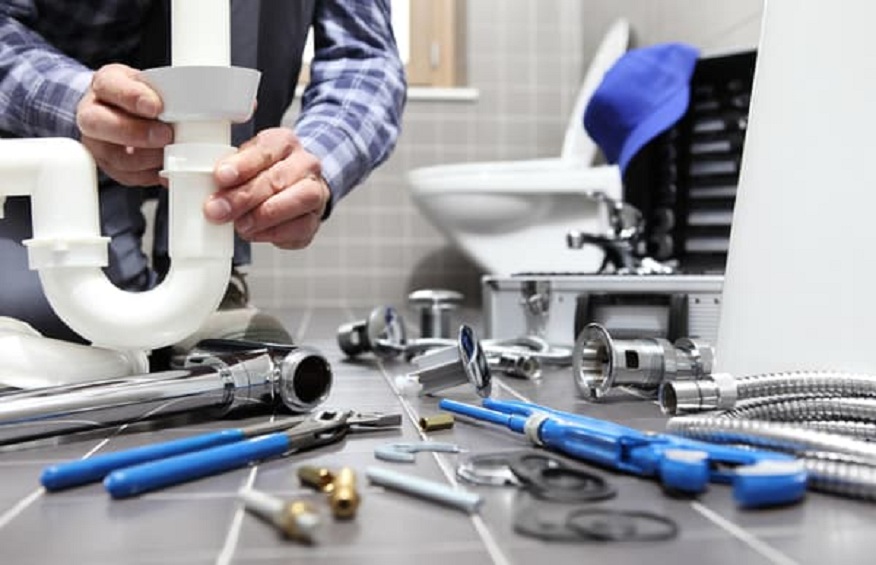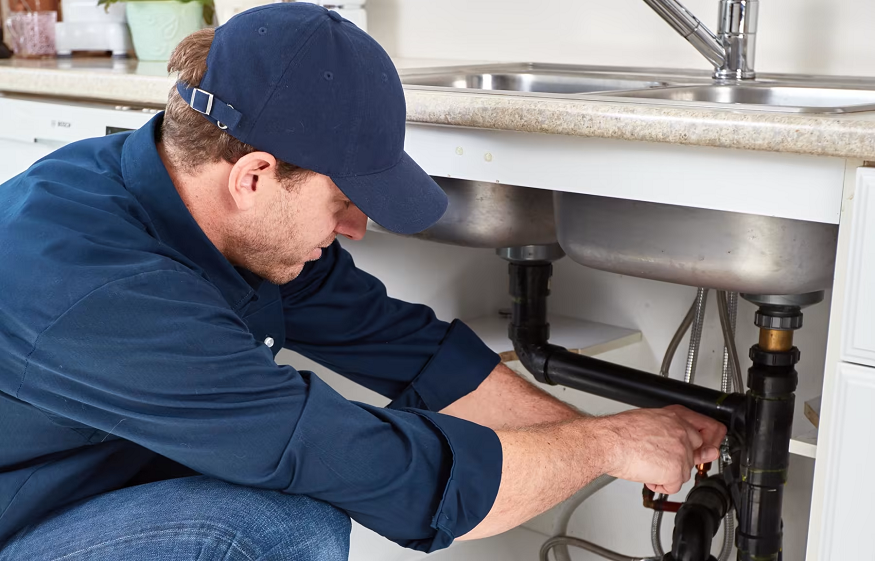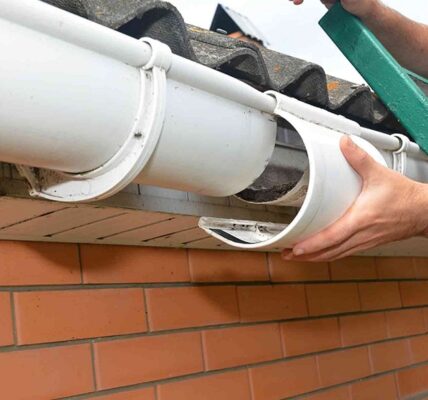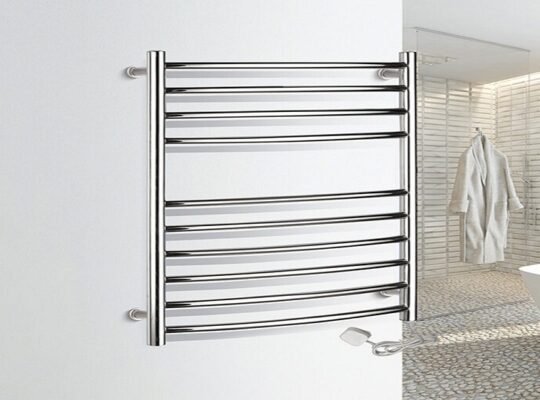Plumbers and pipefitters are skilled professionals who work with pipes and fittings to ensure the proper functioning of plumbing and piping systems. While they both deal with pipes, they have distinct roles and responsibilities.A plumber and a pipefitter are both skilled tradespeople who work with pipes and plumbing systems, but there are some differences between their roles and areas of expertise.
Here are the key distinctions.
1. Scope of work
Plumbers primarily focus on the installation, maintenance, and repair of plumbing systems that distribute water and remove waste in residential, commercial, and industrial buildings. They work with a wide range of pipes, fixtures, and appliances, such as sinks, toilets, showers, water heaters, and irrigation systems. On the other hand, pipefitters typically work in industrial settings, such as power plants, factories, and large commercial buildings. They specialize in the installation and maintenance of high-pressure systems that transport gases, chemicals, and other substances through pipes. Their work involves complex piping systems, such as those found in heating, cooling, and industrial process systems.
2. Piping systems
Plumbers deal with a variety of plumbing systems, including water supply lines, drainage and sewage systems, gas lines, and sprinkler systems. They work with different types of pipes, such as copper, PVC, PEX, and galvanized steel, depending on the specific requirements of the project. Pipefitters, on the other hand, work with high-pressure pipes that carry substances like steam, gases, and chemicals. They often work with steel or copper pipes and must be knowledgeable about specialized fittings, valves, and welding techniques required for industrial piping systems.
3. Code requirements
Plumbers need to be well-versed in local and national plumbing codes to ensure that their work meets safety and regulatory standards. They must understand the principles of water supply and drainage systems,as well as the proper installation techniques for plumbing fixtures. Pipefitters also need to follow codes and regulations related to their work, but their focus is more on industrial codes that govern the transportation of gases, chemicals, and other substances through piping systems.
4. Skills and training
Plumbers typically undergo an apprenticeship program or formal training to learn the trade. They develop skills in reading blueprints, installing pipes, fixtures, and appliances, and troubleshooting plumbing issues. Pipefitters also undergo apprenticeship programs or specialized training, but their training is more focused on industrial pipe systems, including understanding complex piping layouts, reading detailed schematics, fabricating pipes, and performing welding and brazing techniques.
5. Work environment
Plumbers often work in a variety of settings, including residential homes, commercial buildings, and construction sites. They may need to work in tight spaces, crawl spaces, and perform physically demanding tasks. Pipefitters, on the other hand, commonly work in industrial facilities where they deal with large-scale piping systems, such as power plants or chemical refineries. They may work at heights, in confined spaces, and be exposed to hazardous materials.
While there are differences between plumbing or pipefitting, there can also be some overlap in their skills and responsibilities, especially in certain contexts. Both professions play crucial roles in ensuring the proper functioning of plumbing and piping systems, albeit with different emphases and expertise.









